-
Executive Summary
-
Market Attractiveness Analysis
-
Global Optical Encoders Market, by Type
-
Global Optical Encoders Market, by Channel
-
Global Optical Encoders Market, by End User
-
Global Optical Encoders Market, by Region
-
Scope of the Report
-
Market Definition
-
Scope of the Study
-
Markets Structure
-
Key Buying Criteria
-
Macro Factor Indicator Analysis
-
Market Research Methodology
-
Research Process
-
Secondary Research
-
Primary Research
-
Forecast Model
-
List of Assumptions
-
Market Insights
-
Market Dynamics
-
Introduction
-
Drivers
-
Restraints
-
Opportunities
-
Challenges
-
Technological Trends
-
Regulatory Landscape/Standards
-
Market Factor Analysis
-
Supply/Value Chain Analysis
- R&D
- Manufacturing
- Distribution & Sales
- Post-Sales Monitoring
-
Porter’s Five Forces Model
- Threat of New Entrants
- Bargaining Power of Suppliers
- Bargaining Power of Buyers
- Threat of Substitutes
- Intensity of Rivalry
-
Global Optical Encoders Market, by Type
-
Introduction
-
Incremental
- Market Estimates & Forecast, 2024-2032
- Market Estimates & Forecast, by Region, 2024-2032
-
Absolute
- Market Estimates & Forecast, 2024-2032
- Market Estimates & Forecast, by Region, 2024-2032
-
Global Optical Encoders Market, by Channel
-
Introduction
-
1 Channel
- Market Estimates & Forecast, 2024-2032
- Market Estimates & Forecast, by Region, 2024-2032
-
2 Channel
- Market Estimates & Forecast, 2024-2032
- Market Estimates & Forecast, by Region, 2024-2032
-
4 Channel
- Market Estimates & Forecast, 2024-2032
- Market Estimates & Forecast, by Region, 2024-2032
-
More than 8 Channels
- Market Estimates & Forecast, 2024-2032
- Market Estimates & Forecast, by Region, 2024-2032
-
Global Optical Encoders Market, by End User
-
Introduction
-
Automotive
- Market Estimates & Forecast, 2024-2032
- Market Estimates & Forecast, by Region, 2024-2032
-
Electronics
- Market Estimates & Forecast, 2024-2032
- Market Estimates & Forecast, by Region, 2024-2032
-
Medical Devices
- Market Estimates & Forecast, 2024-2032
- Market Estimates & Forecast, by Region, 2024-2032
-
Textile & Printing Machinery
- Market Estimates & Forecast, 2024-2032
- Market Estimates & Forecast, by Region, 2024-2032
-
Aviation
- Market Estimates & Forecast, 2024-2032
- Market Estimates & Forecast, by Region, 2024-2032
-
Others
- Market Estimates & Forecast, 2024-2032
- Market Estimates & Forecast, by Region, 2024-2032
-
Global Optical Encoders Market, by Region
-
Introduction
-
North America
- Market Estimates & Forecast, by Country, 2024-2032
- Market Estimates & Forecast, by Storage Pattern, 2024-2032
- Market Estimates & Forecast, by Type, 2024-2032
- Market Estimates & Forecast, by End User, 2024-2032
- US
- Canada
- Mexico
-
Europe
- Market Estimates & Forecast, by Country, 2024-2032
- Market Estimates & Forecast, by Storage Pattern, 2024-2032
- Market Estimates & Forecast, by Type, 2024-2032
- Market Estimates & Forecast, by End User, 2024-2032
- Germany
- UK
- France
- Italy
- Rest of Europe
-
Asia-Pacific
- Market Estimates & Forecast, by Country, 2024-2032
- Market Estimates & Forecast, by Storage Pattern, 2024-2032
- Market Estimates & Forecast, by Type, 2024-2032
- Market Estimates & Forecast, by End User, 2024-2032
- Japan
- China
- India
- Rest of Asia-Pacific
-
Rest of the World
- Market Estimates & Forecast, by Region, 2024-2032
- Market Estimates & Forecast, by Storage Pattern, 2024-2032
- Market Estimates & Forecast, by Type, 2024-2032
- Market Estimates & Forecast, by End User, 2024-2032
- Middle East & Africa
- South America
-
Company Landscape
-
Competitive Overview
-
Competitor Dashboard
-
Major Growth Strategy in the Global Optical Encoders Market
-
Competitive Benchmarking
-
Key Developments & Growth Strategies
- New Product Launch/Service Deployment
- Merger & Acquisition
- Joint Ventures
-
Company Profiles
-
Broadcom
- Company Overview
- Product/Business Segment Overview
- Financial Updates
- Key Developments
-
BEI Sensors
- Company Overview
- Product/Business Segment Overview
- Financial Updates
- Key Developments
-
Rockwell Automation Inc.
- Company Overview
- Product/Business Segment Overview
- Financial Updates
- Key Developments
-
Renishaw Plc.
- Company Overview
- Product/Business Segment Overview
- Financial Updates
- Key Developments
-
Dynapar
- Company Overview
- Product/Business Segment Overview
- Financial Updates
- Key Developments
-
Allied Motion Technologies Inc.
- Company Overview
- Product/Business Segment Overview
- Financial Updates
- Key Developments
-
Codechamp SA
- Company Overview
- Product/Business Segment Overview
- Financial Updates
- Key Developments
-
Turck Holding GmbH
- Company Overview
- Product/Business Segment Overview
- Financial Updates
- Key Developments
-
Honeywell International Inc.
- Company Overview
- Product/Business Segment Overview
- Financial Updates
- Key Developments
-
GrayHill Inc.
- Company Overview
- Product/Business Segment Overview
- Financial Updates
- Key Developments
-
Tokyo Sokuteikizai Co., Ltd.
- Company Overview
- Product/Business Segment Overview
- Financial Updates
- Key Developments
-
Bourns Inc.
- Company Overview
- Product/Business Segment Overview
- Financial Updates
- Key Developments
-
Baumer Group
- Company Overview
- Product/Business Segment Overview
- Financial Updates
- Key Developments
-
Faulhaber Group
- Company Overview
- Product/Business Segment Overview
- Financial Updates
- Key Developments
-
CTS Corporation
- Company Overview
- Product/Business Segment Overview
- Financial Updates
- Key Developments
-
Conclusion
-
-
LIST OF TABLES
-
Global Optical Encoders Market, by Region, 2024-2032
-
North America: Optical Encoders Market, by Country, 2024-2032
-
Europe: Optical Encoders Market, by Country, 2024-2032
-
Asia-Pacific: Optical Encoders Market, by Country, 2024-2032
-
Middle East & Africa: Optical Encoders Market, by Country, 2024-2032
-
South America: Optical Encoders Market, by Country, 2024-2032
-
Global Optical Encoders Type Market, by Region, 2024-2032
-
North America: Optical Encoders Type Market, by Country, 2024-2032
-
Europe: Optical Encoders Type Market, by Country, 2024-2032
-
Asia-Pacific: Optical Encoders Type Market, by Country, 2024-2032
-
Middle East & Africa: Optical Encoders Type Market, by Country, 2024-2032
-
South America: Optical Encoders Type Market, by Country, 2024-2032
-
Global Optical Encoders End User Market, by Region, 2024-2032
-
North America: Optical Encoders End User Market, by Country, 2024-2032
-
Europe: Optical Encoders End User Market, by Country, 2024-2032
-
Asia-Pacific: Optical Encoders End User Market, by Country, 2024-2032
-
Middle East & Africa: Optical Encoders End User Market, by Country, 2024-2032
-
South America: Optical Encoders End User Market, by Country, 2024-2032
-
Global Type Market, by Region, 2024-2032
-
Global End User Market, by Region, 2024-2032
-
North America: Optical Encoders Market, by Country
-
North America: Optical Encoders Market, by Type
-
North America: Optical Encoders Market, by End User
-
Europe: Optical Encoders Market, by Country
-
Europe: Optical Encoders Market, by Type
-
Europe: Optical Encoders Market, by End User
-
Asia-Pacific: Optical Encoders Market, by Country
-
Asia-Pacific: Optical Encoders Market, by Type
-
Asia-Pacific: Optical Encoders Market, by End User
-
Middle East & Africa: Optical Encoders Market, by Country
-
Middle East & Africa: Optical Encoders Market, by Type
-
Middle East & Africa: Optical Encoders Market, by End User
-
South America: Optical Encoders Market, by Country
-
South America: Optical Encoders Market, by Type
-
South America: Optical Encoders Market, by End User
-
LIST OF FIGURES
-
Global Optical Encoders Market Segmentation
-
Forecast Methodology
-
Porter’s Five Forces Analysis of the Global Optical Encoders Market
-
Value Chain of the Global Optical Encoders Market
-
Share of the Global Optical Encoders Market in 2020, by Country (in %)
-
Global Optical Encoders Market, 2024-2032
-
Global Optical Encoders Market Size, by Type, 2020
-
Share of the Global Optical Encoders Market, by Type, 2024-2032
-
Global Optical Encoders Market Size, by End User, 2024-2032
-
Share of the Global Optical Encoders Market, by End User, 2024-2032
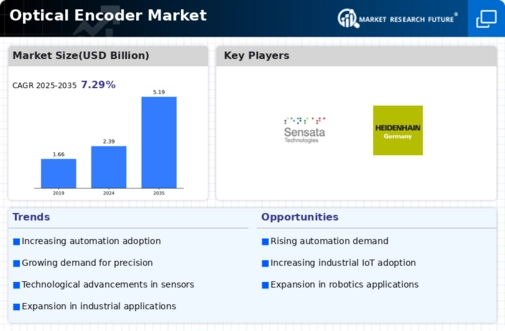

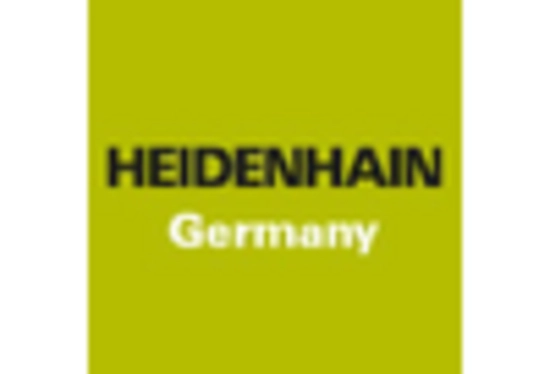

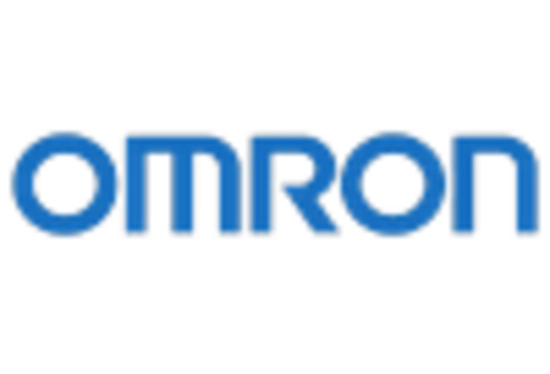
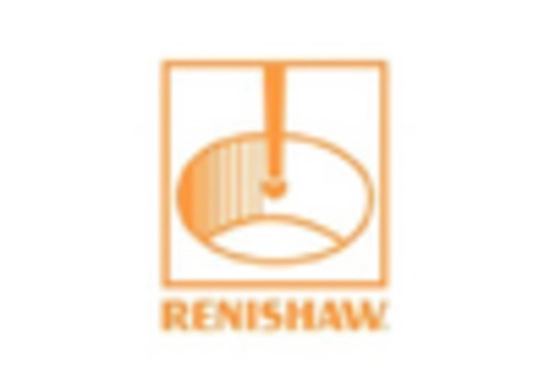
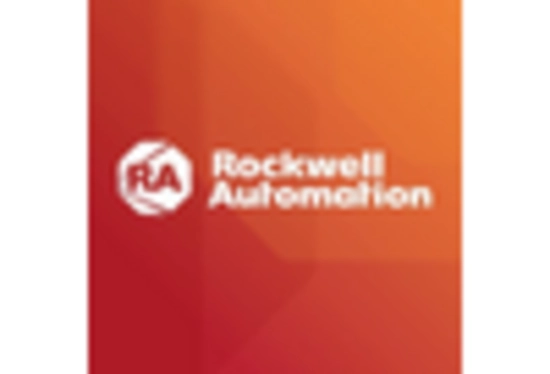

Leave a Comment